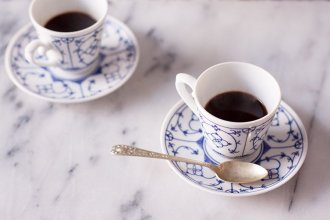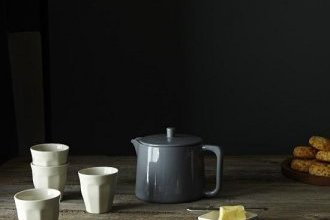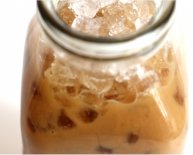
Italian Moka
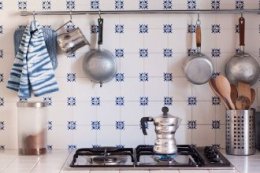 The morning moka: a bleary-eyed ritual involving an aluminum cooking pot (also known as a stovetop percolator or espresso maker), a tiny hill of ground coffee, which gurgling sound that sends individuals rushing for their home as coffee starts sputtering and pouring in to the top chamber of cooking pot and giving on wafts of this incomparable, reassuring aroma of newly made coffee.
The morning moka: a bleary-eyed ritual involving an aluminum cooking pot (also known as a stovetop percolator or espresso maker), a tiny hill of ground coffee, which gurgling sound that sends individuals rushing for their home as coffee starts sputtering and pouring in to the top chamber of cooking pot and giving on wafts of this incomparable, reassuring aroma of newly made coffee.
And while it is an essential morning ritual in Italy, taking pleasure of location over some other activity due to the fact first thing doing after getting out of bed, it is also an after-meal ritual, a mid-afternoon ritual, and also, for many, a before-bed ritual.
It's a sign of great hospitality to provide guests—even people who pop around unforeseen, and especially those who have arrive at dinner—a do-it-yourself caffè. In a nutshell, it is the lifeblood of Italian home.
And like such a thing as essential as coffee, there is an art to making the right stovetop espresso. Here is how:
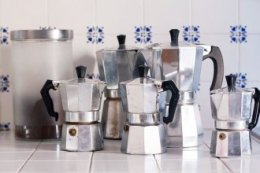 1. Know your moka.
1. Know your moka.
Branded in 1933 making popular by Alfonso Bialetti, the moka cooking pot features three primary components: the bottom chamber and/or boiler, that is filled up with water; the funnel cup, which sits snugly together with the underside chamber and which holds the coffee reasons; and finally, the utmost effective chamber, which can be where coffee is attracted because the boiling water within the boiler is forced through the filter holding the coffee grounds.
Moka containers are presented in all sizes (1, 3, 6, 9 and 12 cup). Take note, this means espresso cup sizes, not calculating cups. The 1 glass moka pot creates 60 milliliters or 1/4 cup (2 ounces) of espresso.
 2. Water.
2. Water.
Italians love their water in bottles and some will even make use of it over plain tap water for making coffee (especially in areas where the water is quite tough). Some say the heat associated with liquid tends to make no huge difference, though some require making use of hot-water (not cold) to refill the chamber among others say the alternative.
What you may wind up utilizing, cannot fill all of it how you can the top—stop once you get to the level of the tiny device of this boiler. An excessive amount of can lead to watery espresso.
3. The coffee.
Use a medium surface coffee for stovetop percolators, whether milling yourself or using pre-ground coffee (the latter typically have a sign regarding packet of be it ideal for stovetop percolators). Coffee that is too finely floor (for espresso machines) won't enable the water through properly, making the last beverage too sour, while coarsely ground coffee can lead to a more watery, less flavorful espresso.
